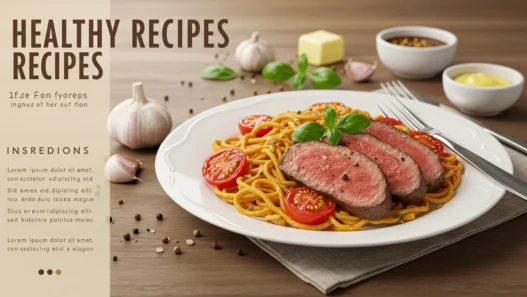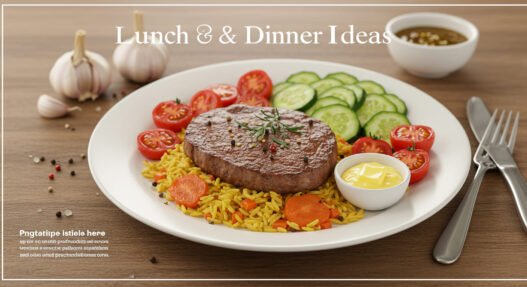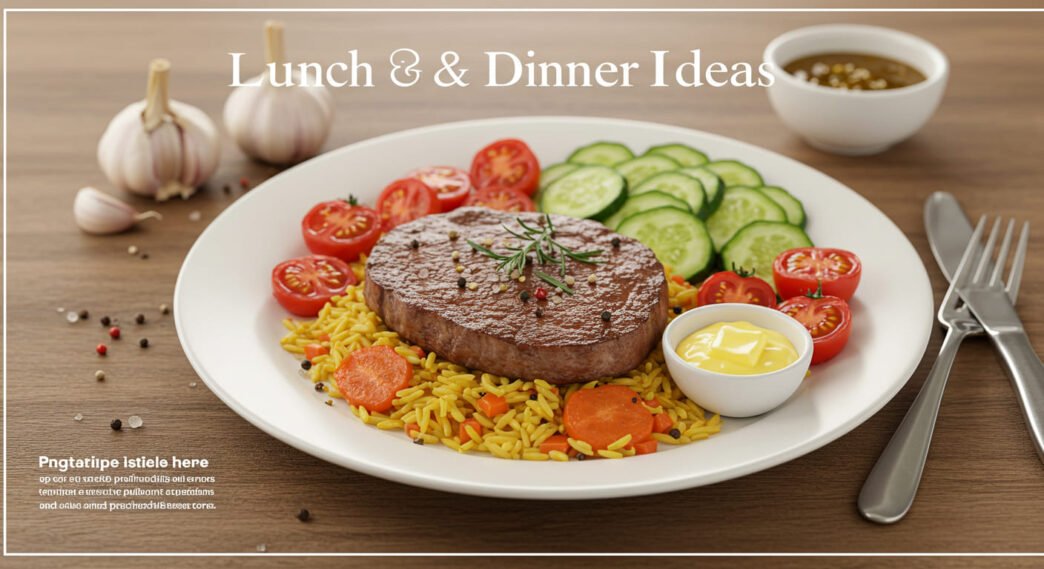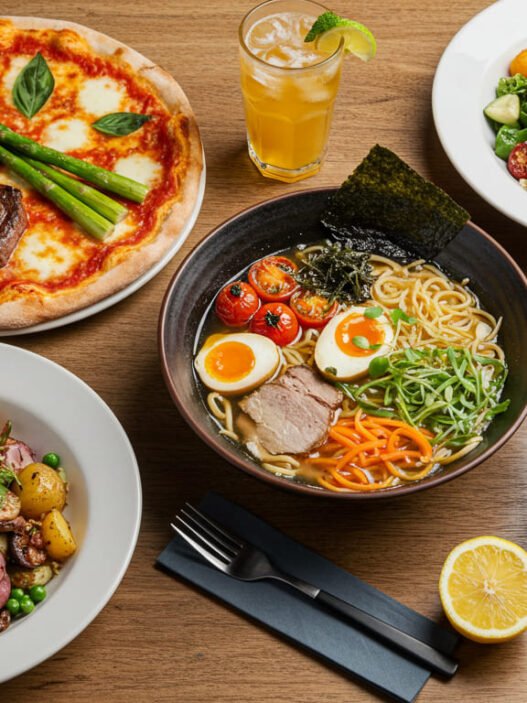Vegetarian Chickpea Stew
I first tasted vegetarian chickpea stew during a winter trip through Morocco. Somewhere between the hustle of Fez’s souks and the crisp, golden-orange sunsets along the Atlas Mountains, I sat under a tin-roofed café where an elderly woman served steaming bowls of spiced chickpeas. It was simple: sautéed onions, slow-stewed tomatoes, cumin, and the unmistakable nuttiness of chickpeas tender to the bite. That bowl warmed more than my hands—it sparked an obsession.
Back at home, I found myself chasing that magic in my kitchen. I’ve tweaked, experimented, and shared this dish countless times since. What I’ve come to love most is how versatile and satisfying chickpea stew can be, even without meat. Whether you’re a longtime vegetarian or just trying to eat more plant-based meals, this stew feels like comfort food with a conscience.
A Bowl Full of Comfort
There’s something special about one-pot meals. You load everything in, let it simmer, and something greater than the sum of its parts emerges. That’s exactly the magic behind a good vegetarian chickpea stew. Hearty enough to stand on its own, it brings both nourishment and a kind of grounding—especially welcome after a long day or during colder months.
The backbone of the dish is, of course, the humble chickpea. Packed with protein and fiber, it’s a pantry staple that deserves star billing. When simmered slowly with aromatics like garlic, onion, and warming spices—think smoked paprika, coriander, turmeric—the result is a stew that’s both deeply savory and subtly sweet.
Add to that diced tomatoes (San Marzano if you’re feeling fancy), ribbons of kale or Swiss chard, and maybe a touch of coconut milk or lemon juice depending on your mood, and you’ve got a dish that’s equal parts wholesome and indulgent. I often garnish mine with chopped parsley or fresh mint and serve it with a wedge of crusty bread or over a bowl of fluffy couscous. Sometimes I even sneak in a spoonful of Greek yogurt for contrast.
The Ingredient that Changes Everything
Here’s a little secret I’ve come to swear by: harissa. A spoonful or two of this North African chili paste transforms a standard chickpea stew into something that dances on the palate. The heat, warmth, and smoky depth of flavor give the dish its soul. If you’ve never cooked with it before, start small, then build. Your taste buds will thank you.
I’ve also been known to stir in a tablespoon of tahini at the end. It lends a creamy, nutty undertone that marries beautifully with the stew’s bold spices. Some nights, when I want it extra filling, I toss in diced sweet potatoes or roasted cauliflower. Vegetarian chickpea stew plays well with others—it invites creativity.
Make It Your Own
That’s the beauty of this recipe—it’s a blueprint, not a boundary. You can tailor the flavors based on what’s in your fridge or what region of the world your cravings point to.
Craving something Mediterranean? Add olives, lemon zest, and a sprinkle of feta. Prefer Indian spices? Stir in garam masala, ginger, and a handful of chopped cilantro. The chic versatility of chickpeas means they adapt without losing their hearty integrity.
Even better? This stew stores like a dream. Make a big batch on a Sunday, and you’ve got lunch sorted for the week. The flavors deepen as it sits, gaining complexity day by day. It’s the kind of dish that feels better with time—like a good story or a well-aged wine.
Why We Keep Coming Back
In a world where food trends shift faster than scrolling fingers, the simple comfort of something like vegetarian chickpea stew is strangely grounding. It’s not trendy, but it’s timeless. It doesn’t demand perfection—just heart, a little patience, and a handful of good ingredients.
More than just a recipe, it’s become part of my kitchen rhythm. Rainy Tuesdays, cozy weekend dinners with friends, or spontaneous lunches when I need a reset—this stew shows up, reliably delicious, delightfully adaptable, and always just what I need.
So next time you open your pantry and find a can of chickpeas staring back at you, think of it as an invitation—not just to feed yourself, but to create something warm, soulful, and entirely your own.





